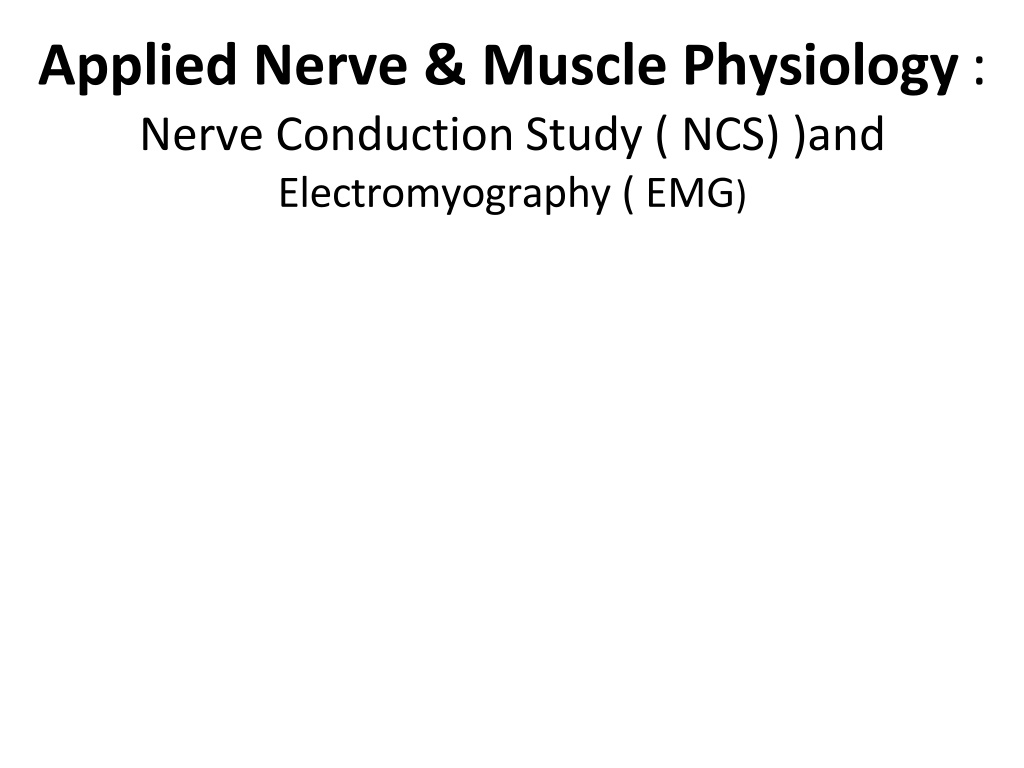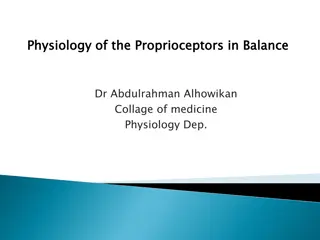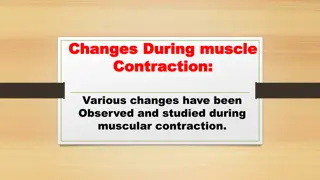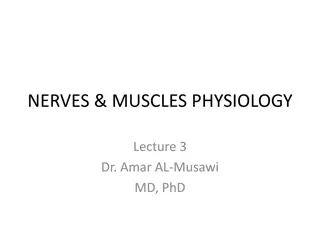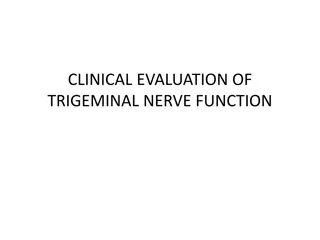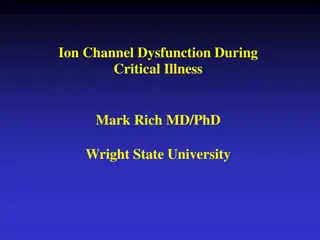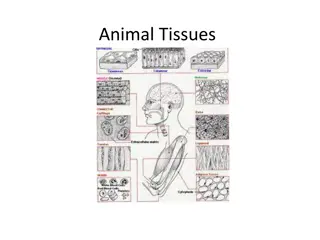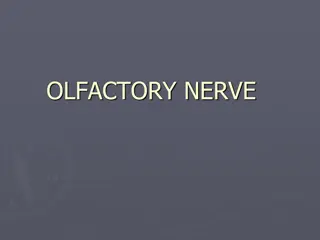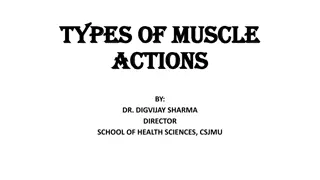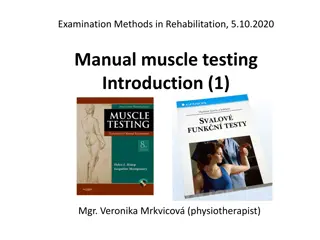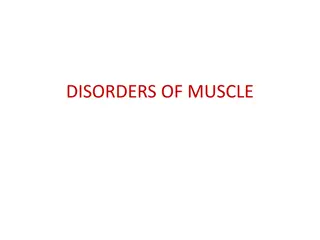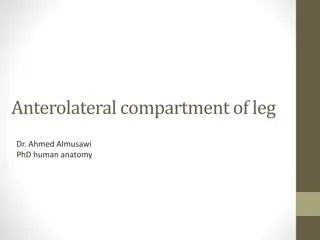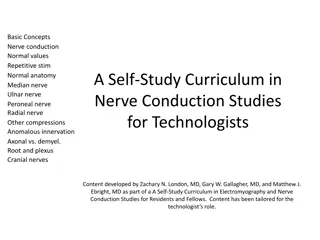Applied Nerve & Muscle Physiology
A nerve conduction study (NCS) is an electrophysiology test used to evaluate peripheral nerves. This article explains the procedures of NCS and electromyography (EMG), focusing on motor nerve conduction studies, muscle action potentials, and more. Explore the normal conduction velocities in upper and lower limb nerves, along with changes in motor unit potentials in muscle and nerve diseases.
Download Presentation

Please find below an Image/Link to download the presentation.
The content on the website is provided AS IS for your information and personal use only. It may not be sold, licensed, or shared on other websites without obtaining consent from the author.If you encounter any issues during the download, it is possible that the publisher has removed the file from their server.
You are allowed to download the files provided on this website for personal or commercial use, subject to the condition that they are used lawfully. All files are the property of their respective owners.
The content on the website is provided AS IS for your information and personal use only. It may not be sold, licensed, or shared on other websites without obtaining consent from the author.
E N D
Presentation Transcript
Applied Nerve & Muscle Physiology : Nerve Conduction Study ( NCS) )and Electromyography ( EMG)
Objectives Define what is nerve conduction study (NCS) and electromyography ( emg). Explain the procedure of NCS using Abductor Pollicicis Brevis muscle. Define the normal conduction velocity in upper limb and lower limb nerves. Define the motor unit potentials ( MUPs) and how they are changed in muscle and nervediseases.
Nerve ConductionStudy ( NCS) A nerve conduction study (NCS) is an electrophysiology test test commonly used to evaluate the function of peripheral nerves of the human body. It couldbe motor nerve conduction study ( motor NCS) , sensory nerve conduction study or mixed nerve conduction study . In this lecture, because of time constraint, only motor nerve conduction study will be discussed In the motor test the recorded response is the muscle CMAP ( compound muscle action potential ) 3
Procedure An electrical stimulus is applied over a nerve ( e.g., median nerve ) and a recording electrode is place over the muscle suppllied by that motor nerve . The stimulus is applied at two sites : a distal site ( wrist ) and a proximal one ( antecubital fossa , elbow) . The muscle usually chosen in this routine test is the Abductor Pollicis Brevis The active recording electrode (G1) is place over the thenar eminence which overlies the muscle . And the reference recording electrode (G2) about 3 cm away . The oscilloscope ( CRO) sweep speed is 4
The stimulus duration used is 0.2 msand stimulus frequency to 1 / sec. Apply the stimulus and record the response from stimulation at the wrist . Store the CMAP ( compound muscle action potential ) in the first channel of the oscilloscope . Change the stimulating site from wrist to antecubital fossa ( elbow ) . Stimulate the nerve & record the CMAP for median nerve stimulation at the elbow .
Distance d = 284 mm L2 LatencyAt elbow L1 LatencyAt wrist = 8.5 ms 6 = 3.5 ms
Measure the distance from elbow to wrist with a measuring tape. Measure the latency in first CMAP & in the next CAMP. Enter the distance between the elbow and wrist . 7
Motor conduction study: Median nerve
Nerve conduction velocity D2 NCV =D1-D2 L1-L2 D1 Latency (s) L1 L2
L1 L2
MNCV MNCV will appear. It can also be calculated byformula Distance (mm) -------------------------- L2-L1 (ms) MNCV (m/sec)= L1 = latency atwrist L2 = latency at elbow 11
Normal values for conduction velocity In arm 50 70 m / sec. In leg 40 60 m / sec. 12
Electromyography (EMG) is a technique for evaluating and recording physiologic properties of muscles at rest and while contracting. It s a recording of electrical activity of the muscle by inserting needle electrode in the belly of the muscles ( needle emg ) or by applying the surface electrodes ( surface emg ) The potentials recorded in needle emg are derived from motor units of the muscle, hence known as motor unit potentials (MUPs). Q: Define what is a motor unit ? 14
A motor unit is defined as one motor neuron and all of the muscle fibers it innervates. 15
Normal MUPs Amplitude : 300 V ( microvolt) 5 mV ( millivolts) Duration : 3 15 ms(milliseconds ) Electromyography ( EMG) 16
MUPs (2) During Mild Effort During Full Voluntary Effort . There is fullrecruitment ( you can not see the baseline ) During ModerateEffort recruitment of additional motoneurons note
Examples of Abnormalities of MUPs In nerve diseases : Giant MUPs due to reinnervation > 5 mV In muscle disease : Small MUPs < 300 V
